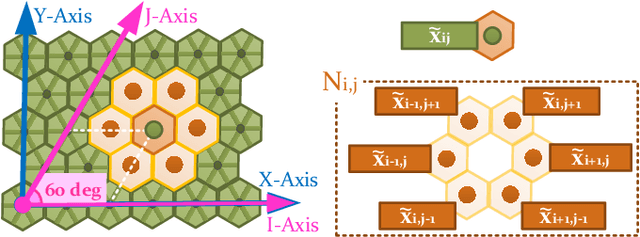Javier Serón
Optimal Path Planning using CAMIS: a Continuous Anisotropic Model for Inclined Surfaces
Mar 05, 2021



Abstract:The optimal traverse of irregular terrains made by ground mobile robots heavily depends on the adequacy of the cost models used to plan the path they follow. The criteria to define optimality may be based on minimizing energy consumption and/or preserving the robot stability. This entails the proper assessment of anisotropy to account for the robot driving on top of slopes with different directions. To fulfill this demand, this paper presents the Continuous Anisotropic Model for Inclined Surfaces, a cost model compatible with anisotropic path planners like the bi-directional Ordered Upwind Method. This model acknowledges how the orientation of the robot with respect to any slope determines its energetic cost, considering the action of gravity and terramechanic effects such as the slippage. Moreover, the proposed model can be tuned to define a trade-off between energy minimization and Roll angle reduction. The results from two simulation tests demonstrate how, to find the optimal path in scenarios containing slopes, in certain situations the use of this model can be more advantageous than relying on isotropic cost functions. Finally, the outcome of a field experiment involving a skid-steering robot that drives on top of a real slope is also discussed.
 Add to Chrome
Add to Chrome Add to Firefox
Add to Firefox Add to Edge
Add to Edge